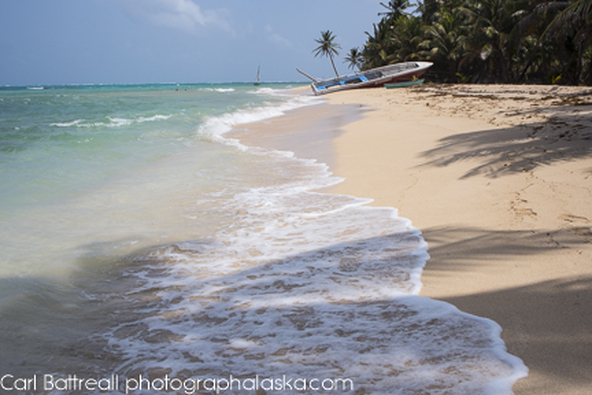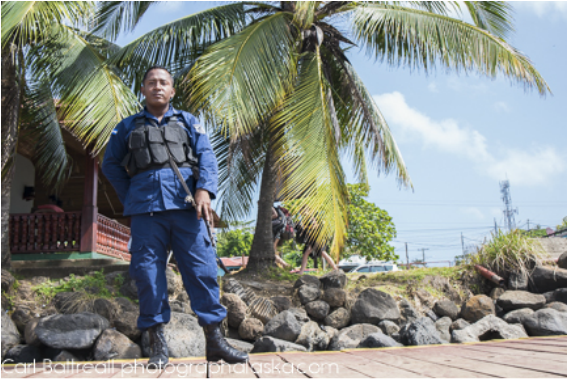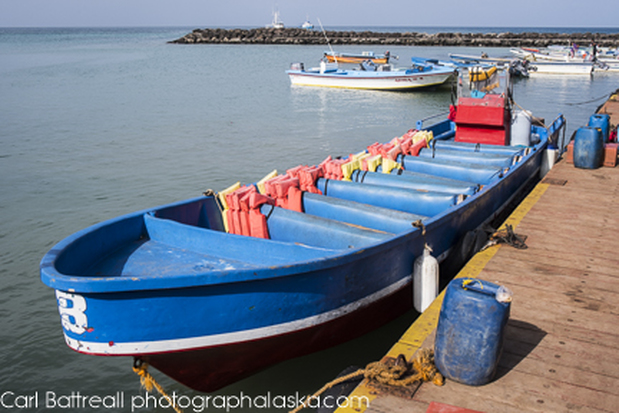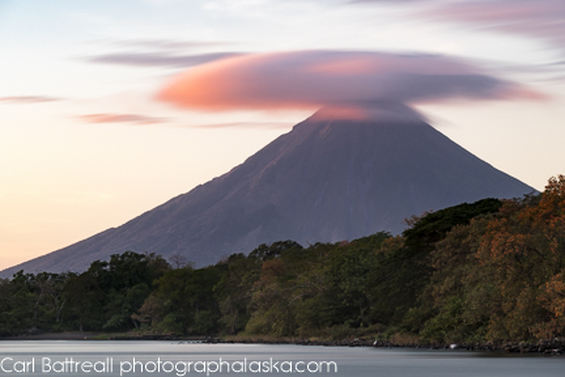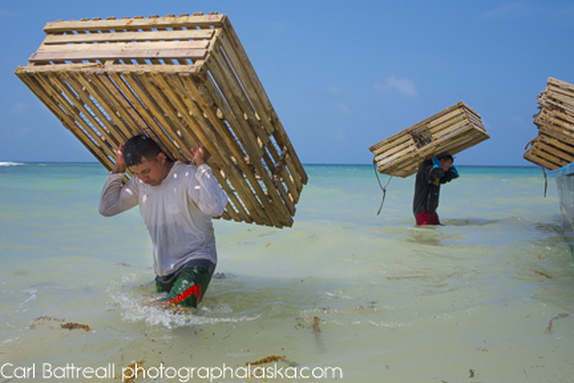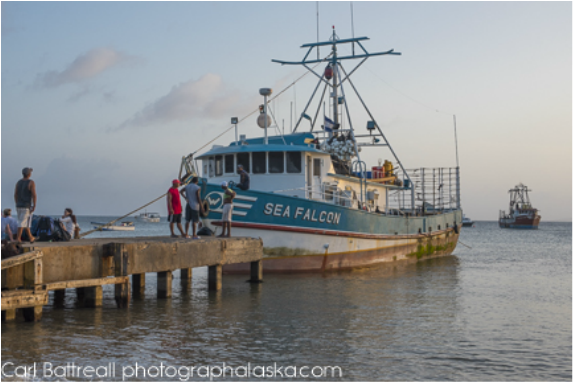ASC Adventure Scientist
Everyone had a twinge of fear in them, except for those who blissfully ignore the news. The reason we were being watched diligently by an armed naval officer was because of the tragic event that happened a few weeks earlier.
As we left the calm of the bay and hit the large, rolling waves of the open ocean, I wished I too had never read the news. I would have enjoyed the ride much more. The boat alternated between forward lurches and abrupt stops attempting to anticipate the size of the approaching wave and the distance to the one after.
Little Corn Island was the final leg of our trip through Nicaragua and throughout the trip I had plastics on my mind. Plastic bottles and plastic bags are the bane of the developing world. Throughout Asia, Africa, Central and South America, rivers and trees are littered with floating bottles and hanging bags. We, the “developed” nations are mostly to blame for introducing these items without providing an easy way to reuse or recycle them. In Central America and Mexico, soda consumption is an epidemic and now that the people are addicted, companies are replacing the glass bottles (which for years have been reused over and over) with cheaper plastic bottles.
The morning we took the panga boat from Big Corn Island to Little Corn Island, I woke up early to explore some of the Big Island’s coastline. I was truly saddened to find the beaches littered with hundreds of plastics bottles. Add to that the trash my son and I found in the reef while snorkeling off the beach the night before and I had no hope for Little Corn Island, only eight miles away. How could it be any better?
I was wrong. There is something very special about Little Corn Island, and it still had the feel of a true paradise. Sure, there was some trash and yes, some plastic bottles and bags around, but on the whole it felt much more healthy and alive than it’s larger counterpart. We spent the next three days exploring the tiny island’s secluded beaches, absurdly warm waters and the pristine reef which supported brain coral the size of cars.
I kept putting off on collecting my water sample. I couldn’t decide where to take it. Part of me didn’t want to. I had grown quite fond of the island. Little Corn Island is legendary for seducing people. It was common to hear stories of week-long visitors extending their stay to months, lifetimes. I procrastinated because I didn’t want to face the reality that things weren’t as perfect as I convinced myself they were.
Now I spend much of my time flying in tiny planes all over Alaska. Getting pinned down in the wilderness by weather was something with which I was very experienced. And honestly, there were far worse places to get stuck than a tropical paradise, fifty miles off the coast of Nicaragua.
After we packed, Walker and I paid a final visit to one of the island’s secluded beaches. I swam out into the warm sea, dove down four or five feet and filled my bottle with water. Sample in hand, we picked up our gear and returned to the dock to wait for our lobster boat ride.
When I arrived home I reluctantly sent my sample off. I haven’t heard yet whether the sample contains microplastics but I am confident it will. This trip was a reminder of the terrible cycle that is our reality. The develop world continues the large scale production of convenient, single-use plastics which ultimately pollute the environment and threaten human health. The real truth is that a healthy environment and human progress might actually involve less technology, less convenience and real simplicity, which means living with less. That is why places like Little Corn Island are so irresistible.
See more of Carl’s work by visiting his website, Photograph Alaska.

